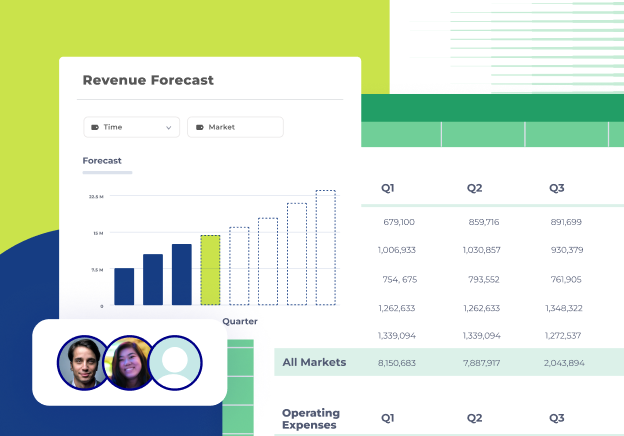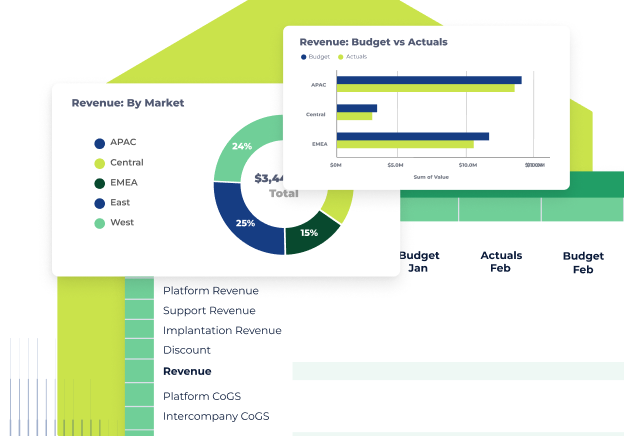Product

Solutions

resources

Company

pivot
Scenario & What-If Analysis
Pivot faster, plan smarter. Cube lets you model any scenario on the fly—no chaos, no consultants. Build, compare, and analyze unlimited what-ifs right inside Cube and across Excel, Google Sheets, and everywhere you work.
.png)
Make strategic, fast, and impactful decisions

Plan Without Limits
Run endless scenarios without breaking your workflow. No rigid templates or duplicate files. Just planning for the what-if.

See the impact in real time
Change a driver and watch the ripple effects instantly. No version headaches, just fast answers across your entire model.

Workflows That Work for You
Set controls once, guide your team with built-in workflows, and stay perfectly in sync. Now available everywhere you work.
.png)
Key Capabilities
.png)
Templates That Fit Your Business
Use pre-built or custom templates that flex to your team’s needs—whether you’re working in Cube or spreadsheets.
Driver based planning made easy
Manage assumptions and key drivers on the fly and see the ripple effects instantly across reports and models.
.png)
Scenario Planning, Simplified
Clone, tweak, and compare unlimited scenarios without losing history or juggling messy file versions.

Seamless Spreadsheet Integration
Keep using Excel and Google Sheets while Cube syncs data in real time. No workflow changes, no friction.

Line-Item Control
Own the details. Capture inputs at the most granular level, and reuse assumptions for smarter, faster planning.

Instant Answers, Anywhere
Ask Cube questions in Slack or Teams and get AI-powered insights on the spot. Run what-if scenarios with a click.
Results from teams who got their planning under control
Being able to customize within Cube to match our unique reporting needs is a plus. It has allowed me to increase the volume of reporting to stakeholders, providing even more visibility into company financials.
Antonella Sciortino
VP of Finance
What I love the most is Cube's flexibility. It doesn't tell me how to manage my organization, rather it provides me the flexibility to manage our processes how we see fit.
Nicolas Jacoby
Finance Managing Director
What is scenario modeling in Cube?
How does Cube support what-if analysis?
Can I compare multiple scenarios side by side in Cube?
Is it possible to create custom scenarios in Cube?
How easy is it to switch between scenarios?
Can Cube integrate real-time data into what-if scenarios?
Does Cube allow for driver-based modeling?
Can we lock scenarios to prevent changes?
How does Cube handle version control for scenarios?
Can multiple users collaborate on scenario planning in Cube?
How does Cube support rolling forecasts within scenario planning?
What industries benefit most from Cube’s what-if analysis capabilities?
Still have questions?


.png)









.png)